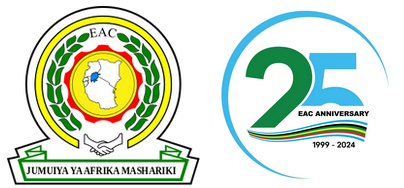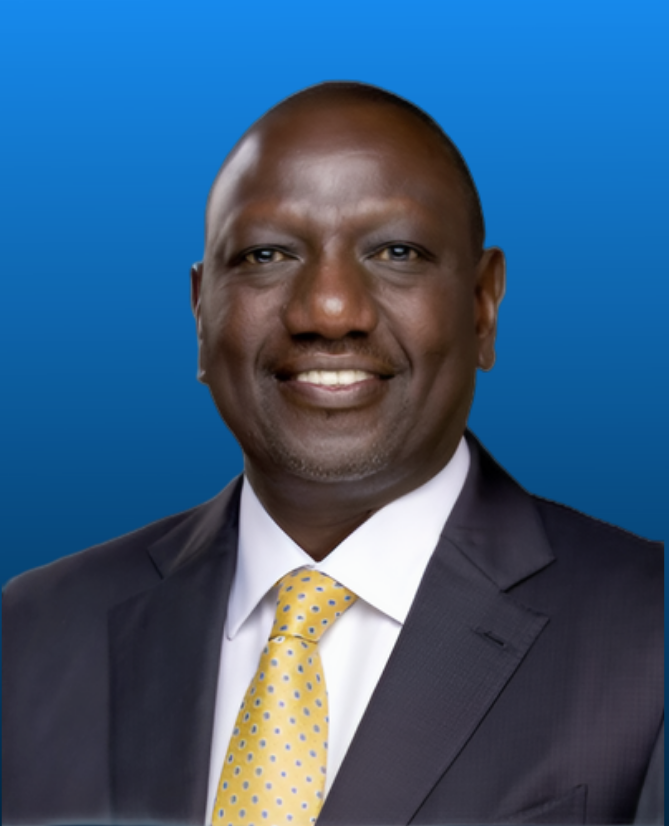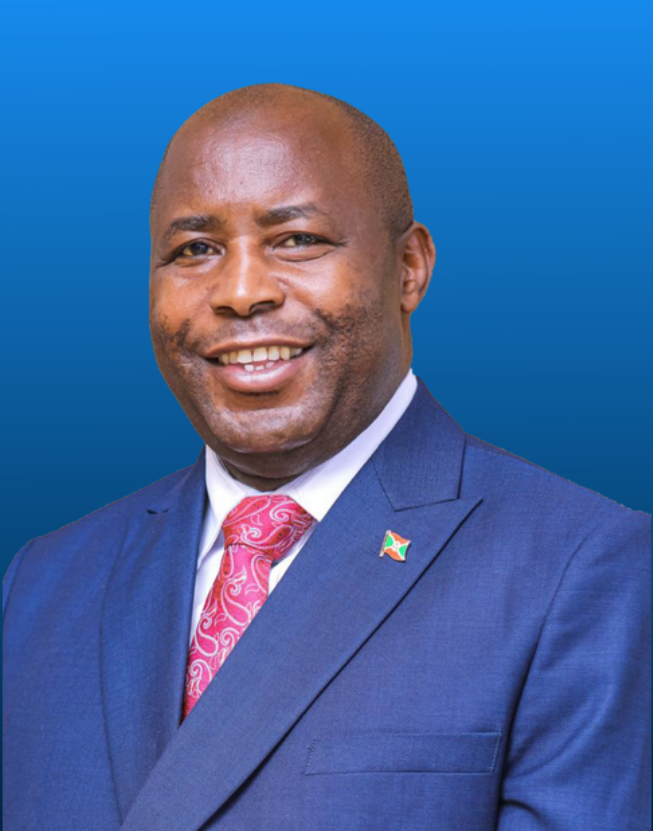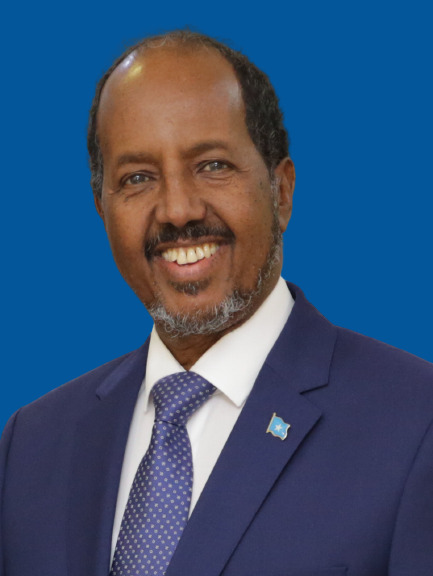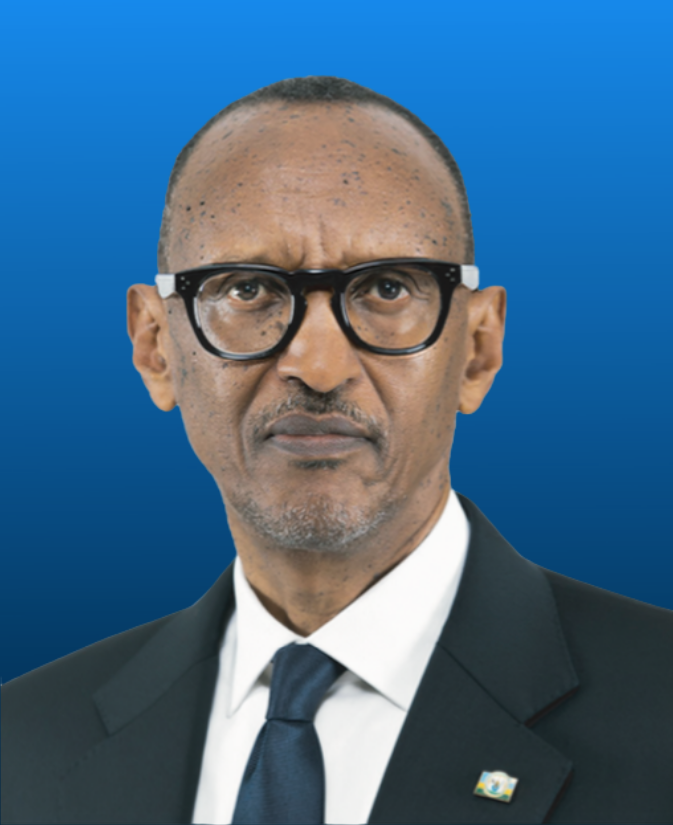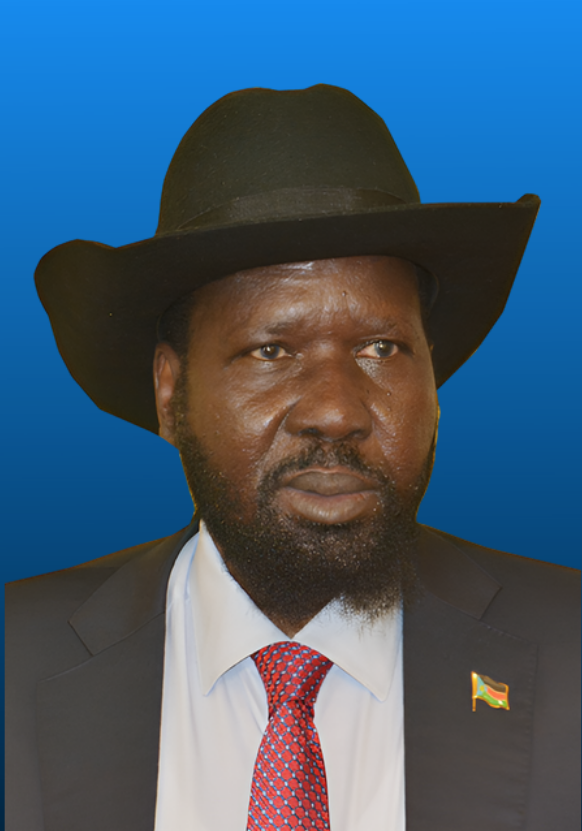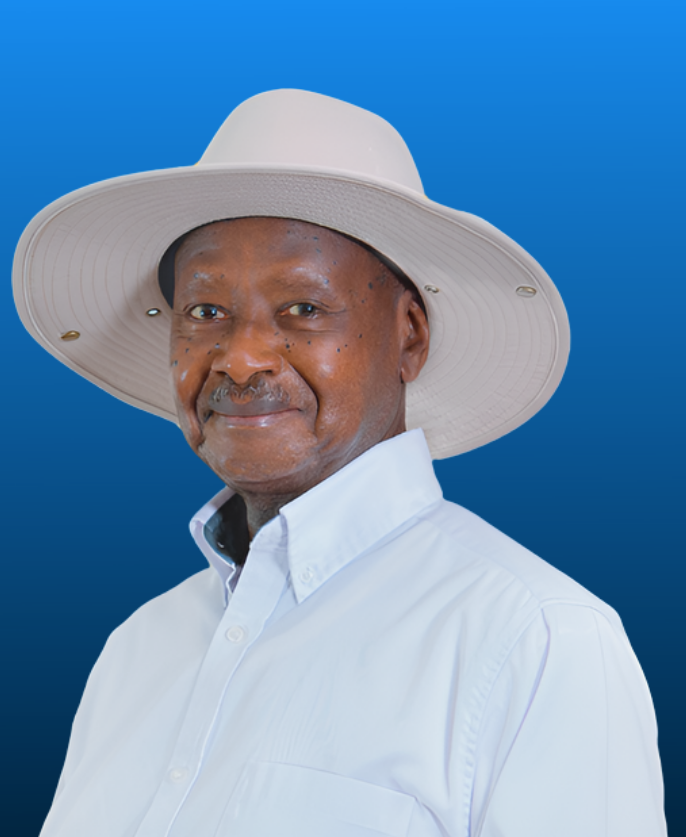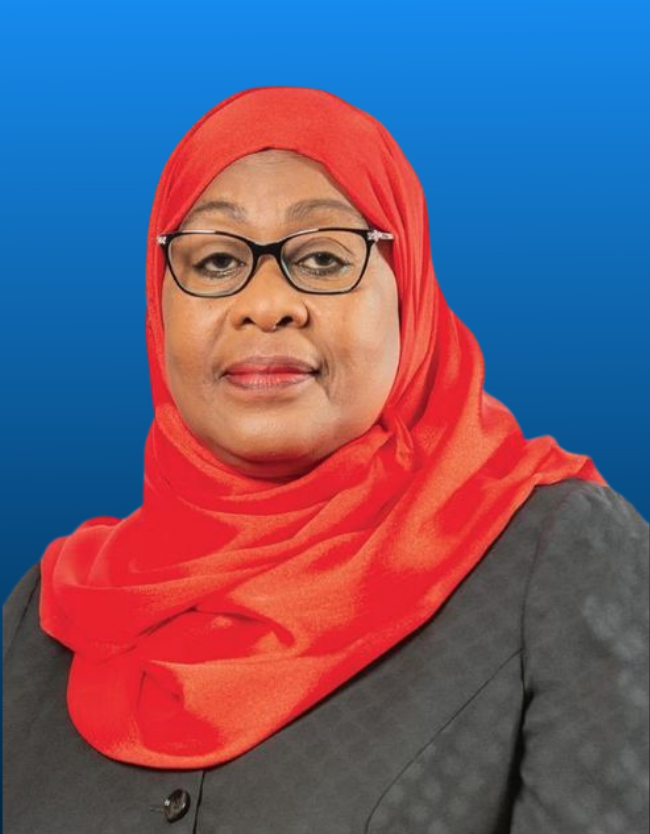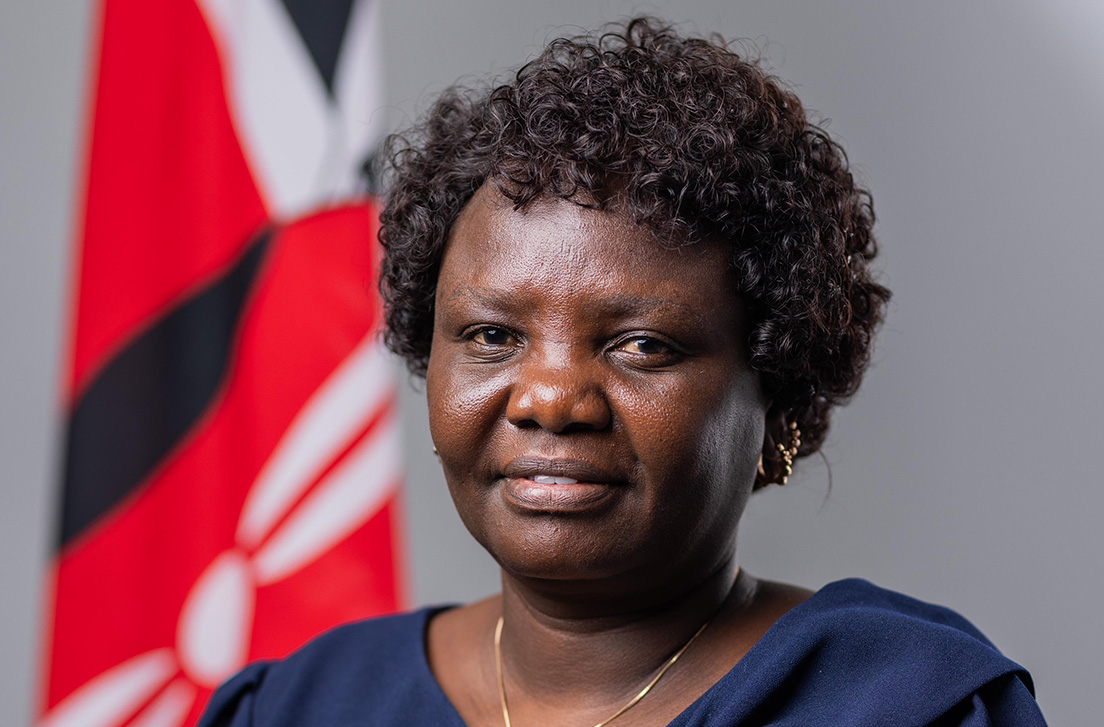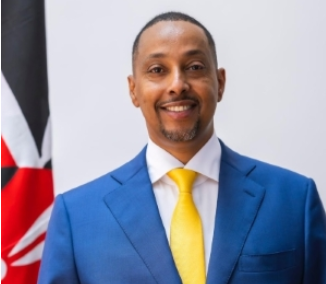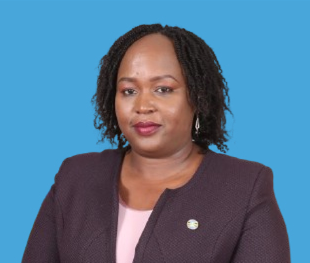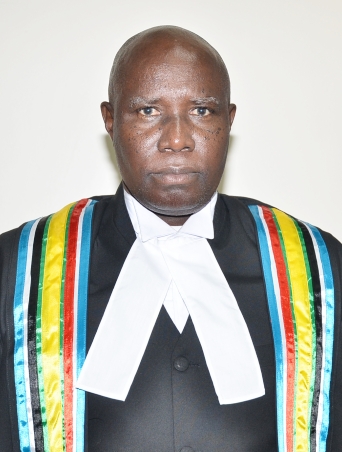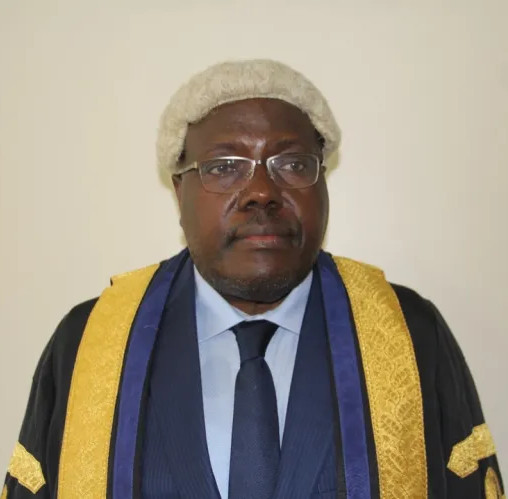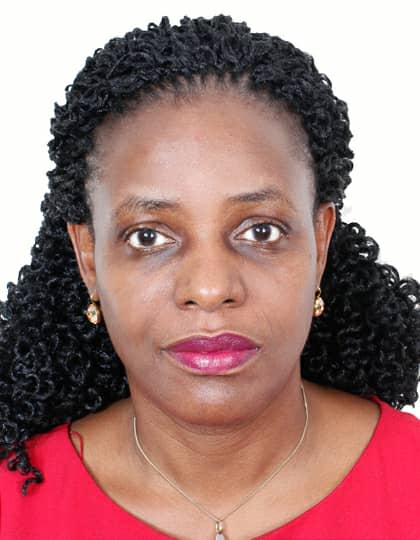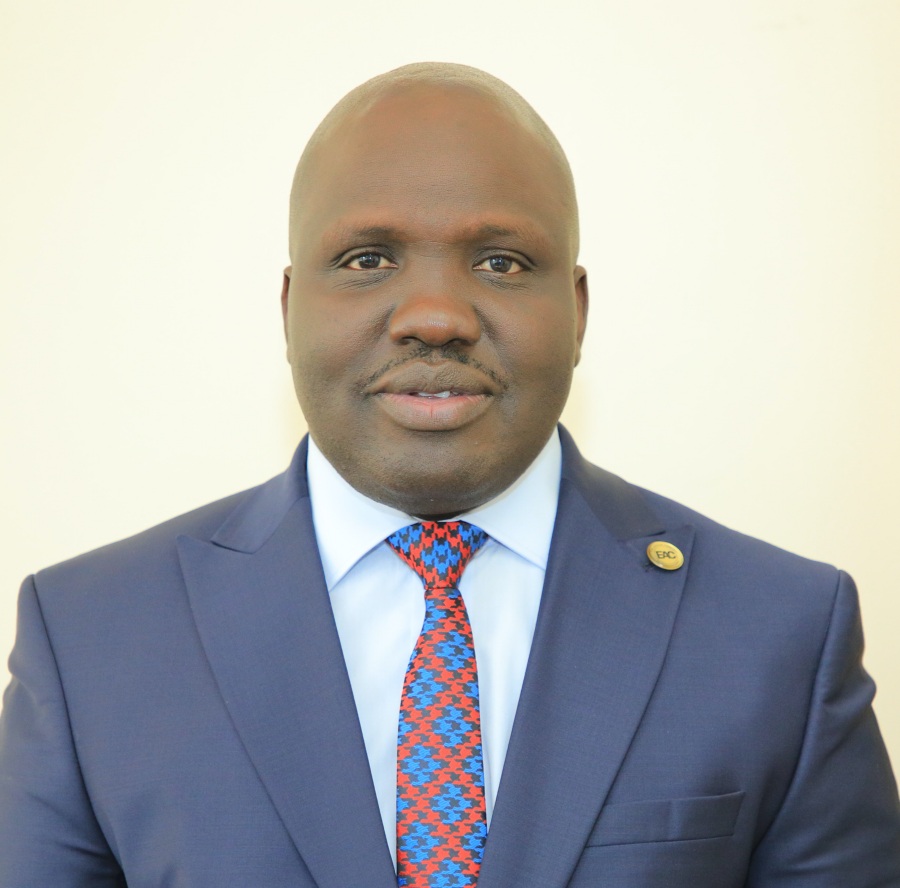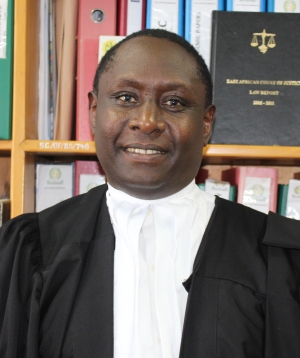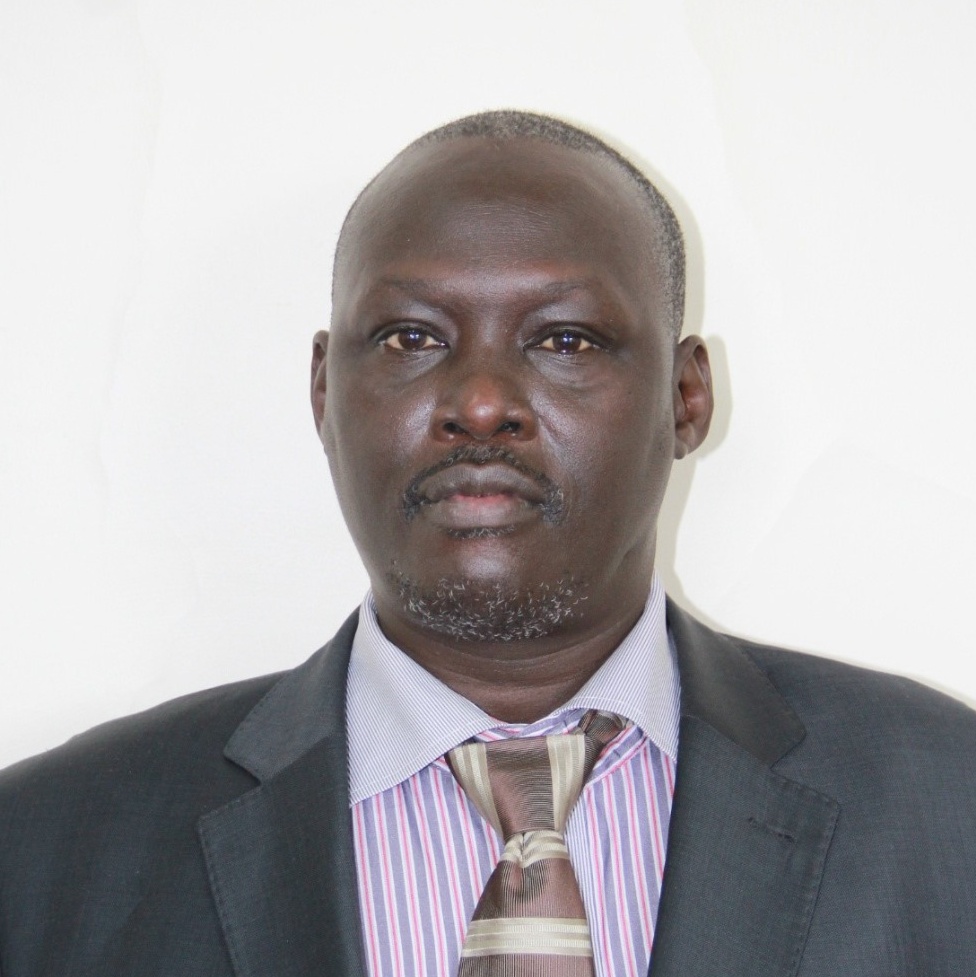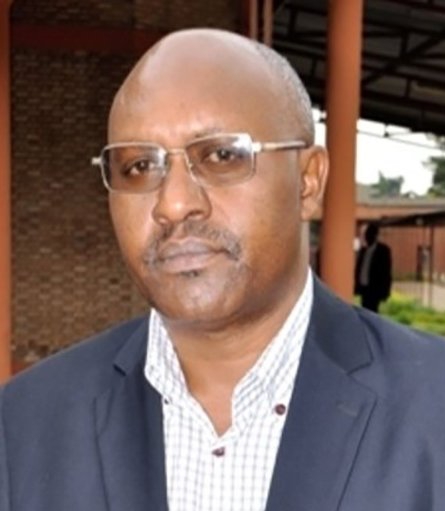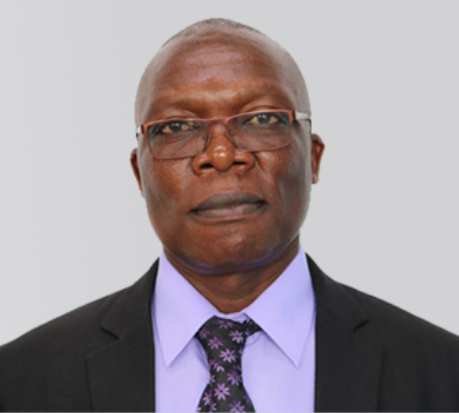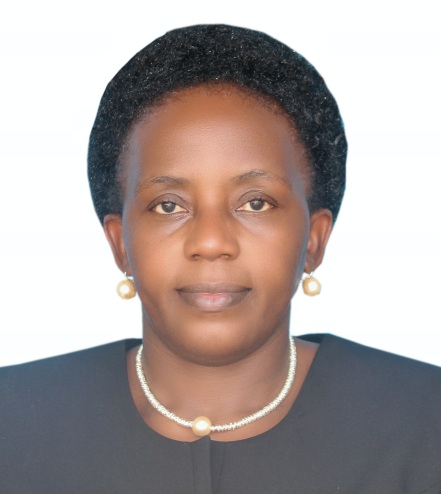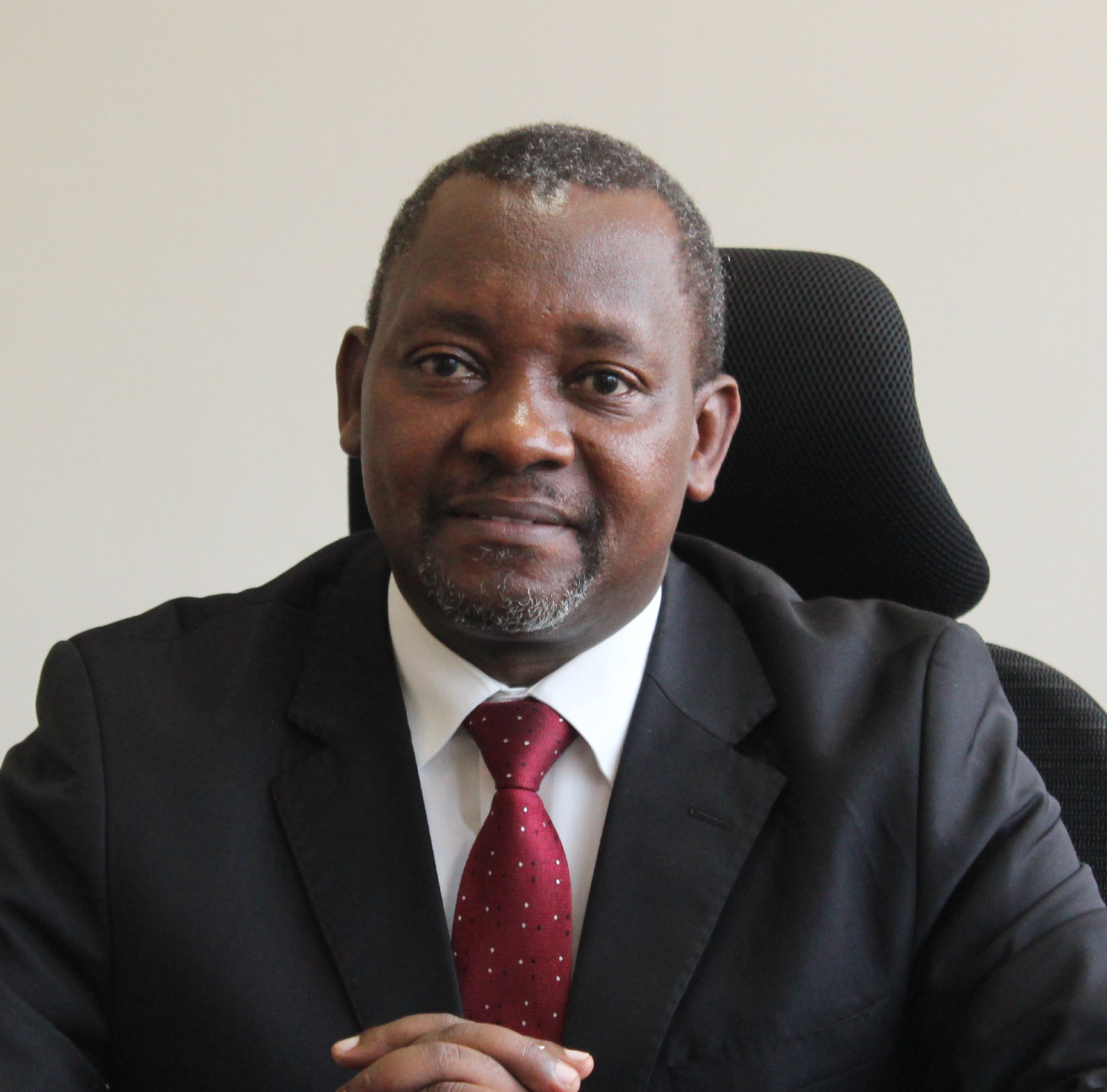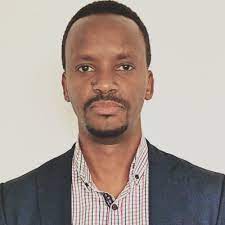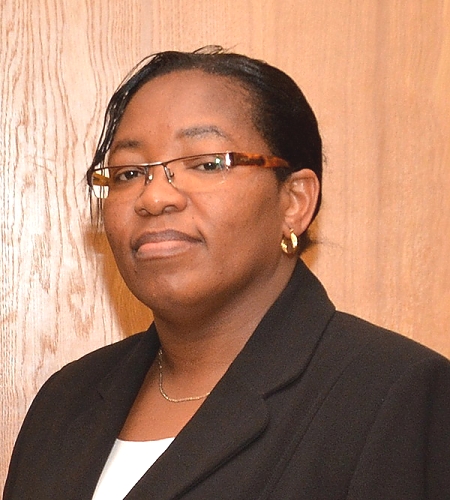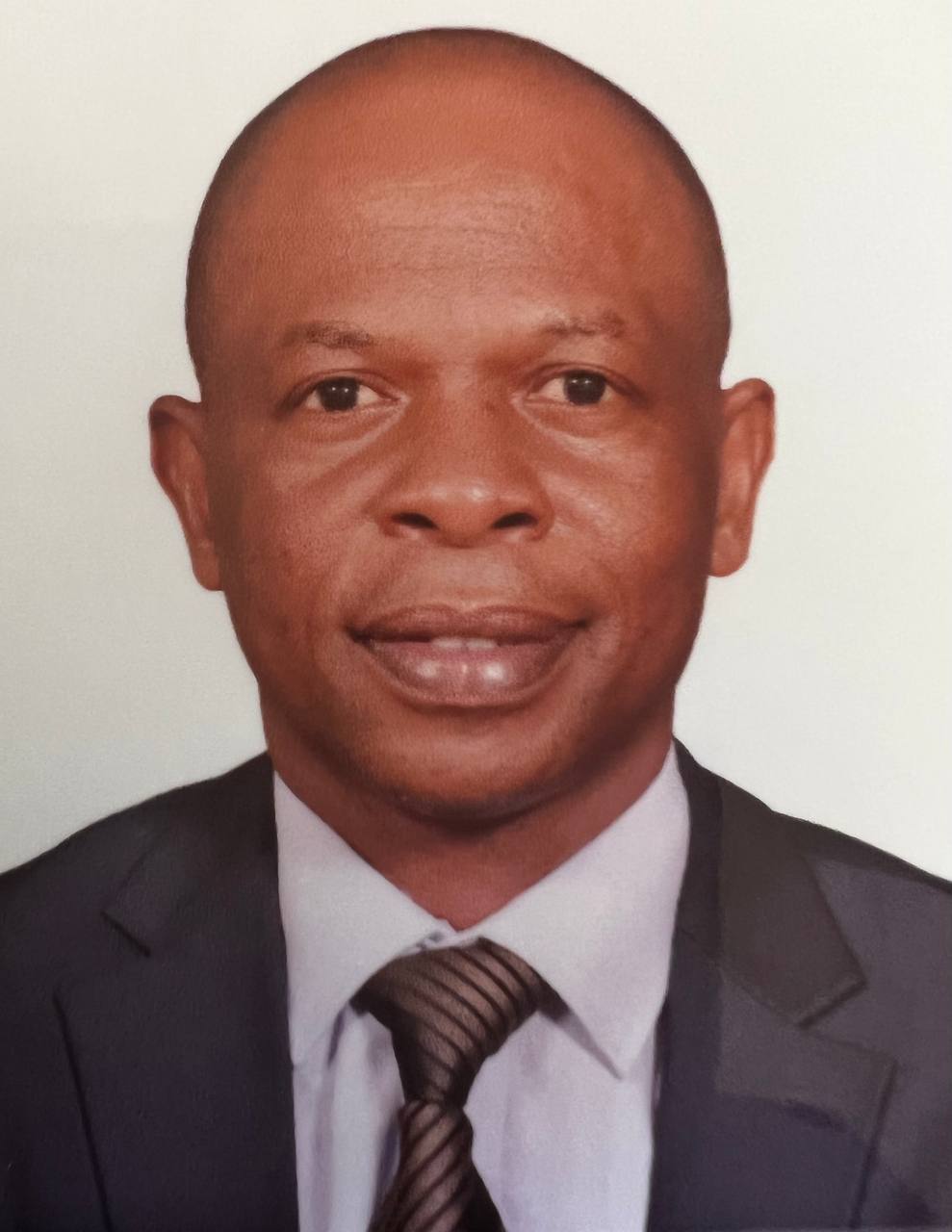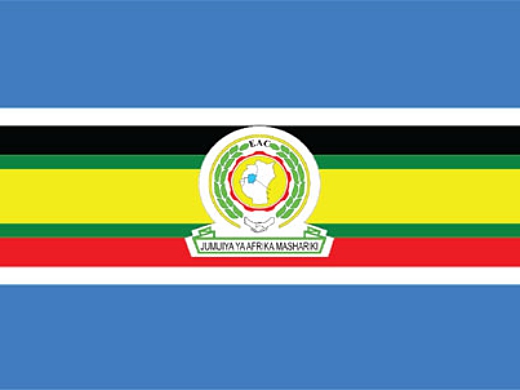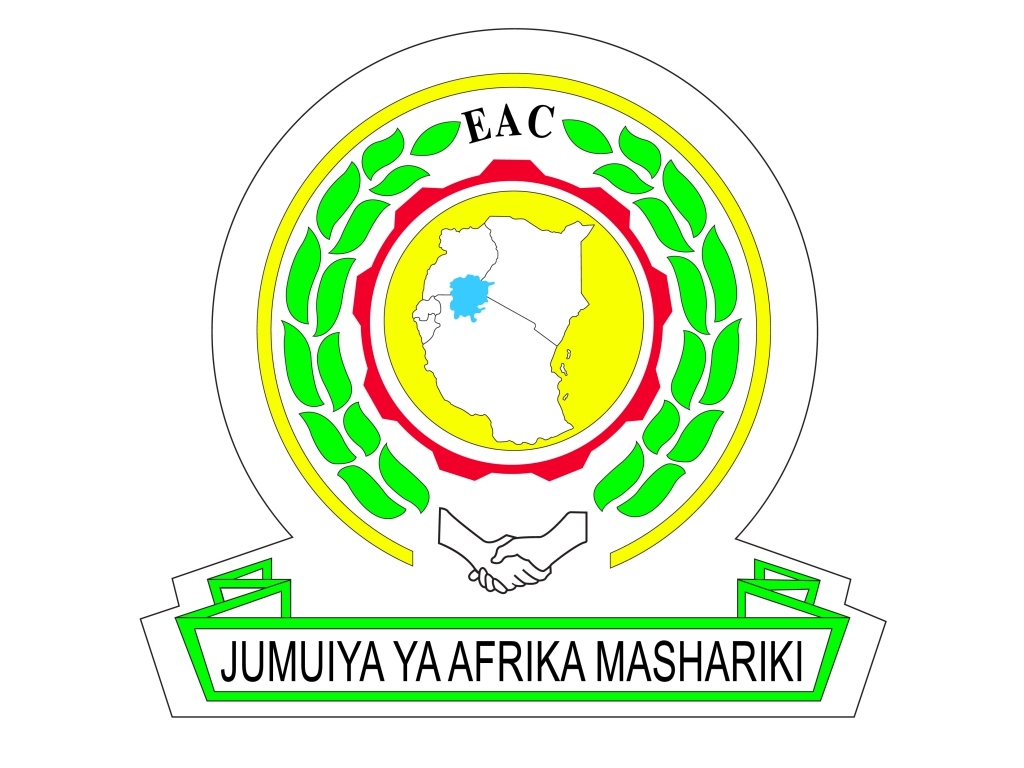Demoratic Republic of the Congo
The Democratic Republic of the Congo (DRC) is the newest member of the East African Community.
The Democratic Republic of the Congo acceded to the EAC Treaty on 8 April 2022 and became a full member on 11 July 2022.
Key facts
Joined EAC: July 2022
Population: 92.9 million
GDP (nominal): US$ 50 Billion
Official language: French
Timezone: GMT + 1 to + 2 (WAT and CAT)
Currency: Congolese franc (CDF)
Geography
Area: 2,345,000 sq. km
Coastline: 40 km (Atlantic Ocean)
Capital city: Kinshasa
Population density (per sq. km): 37
The Democratic Republic of the Congo (DRC) is located in central sub-Saharan Africa, bordered to the northwest by the Republic of the Congo, to the north by the Central African Republic, to the northeast by South Sudan, to the east by Uganda, Rwanda and Burundi, and by Tanzania (across Lake Tanganyika), to the south and southeast by Zambia, to the southwest by Angola, and to the west by the South Atlantic Ocean and the Cabinda Province exclave of Angola. The country lies between latitudes 6°N and 14°S, and longitudes 12°E and 32°E. It straddles the Equator, with one-third to the North and two-thirds to the South.
Languages
French is the official language, but Lingala, Kiswahili, Kikongo, and Tshiluba are widely spoken.
Communications
Country code +243; internet domain ‘.cd’.
Public holidays
New Year’s Day, Martyrs' Day (4 January), Heroes' Day - Laurent Kabila (16 January), Heroes' Day - Patrice Lumumba (17 January), Labour Day (1 May), Liberation Day (17 May), Independence Day (30 June), Parents’ Day (1 August), Christmas Day (25 December) and Boxing Day (26 December).
Religious festivals whose dates vary from year to year include Good Friday, Easter Monday, Eid al-Fitr (End of Ramadan) and Eid al-Adha.
Transport
The DRC has a road network of 153,000 km of which 58,000 km are of General interest (national roads), 88,000 km are rural roads while 7000 km are urban roads. Out of this only 3,500 km, representing about 6% are tarmacked.
The DRC also has a total of 4,000 km of railways
The DRC has 13,450 km navigable waterways (1,734 km is between Kisangani and Kinshasa); 40 river and lake ports; 3 Maritime ports (Matadi, Banana and Boma);
There are 4 international airports (Goma, Kisangani, Kinshasa and Lubumbashi) and more than 500 airstrips. Because of the size of the country and scattered population, air services have become the most significant form of internal transport for official and business travel.
International relations
The DRC is a member of various regional organisations including the Southern African Development Community (SADC), the Common Market for Eastern and Southern African (COMESA), the Economic Community of Central African States (ECCAS), the Economic Community of the Great Lakes Countries (CEPGL) and International Conference on the Great Lakes Region (ICGLR). At the Continental level, it is a member of the African Union, while at the global level it is a member of the United Nations and has ratified most of its affiliated instruments.
Topography
The country’s major topographical features include a large river basin, a major valley, high plateaus, three mountain ranges, and a low coastal plain. Most of the country is composed of the central Congo basin, a vast rolling plain with an average elevation of about 1,700 feet (520 metres) above sea level. The lowest point of 1,109 feet (338 metres) occurs at Lake Mai-Ndombe (formerly Lake Leopold II), and the highest point of 2,296 feet (700 metres) is reached in the hills of Mobayi-Mbongo and Zongo in the north.
Climate
The DRC is located along the equator. Thus, the country experiences a tropical equatorial climate with high precipitation and tropical thunderstorms. Its climate is equatorial, hot, humid in the center, and progressively more tropical towards the South and the North. The rainy season, which lasts on average eight months out of 12, alternates with a dry season. High humidity in the Democratic Republic of the Congo and high temperatures provide pleasant weather at times.
Environment
Major environmental issues in DRC are deforestation, occasioned by clearing of lands for agriculture and economic development; poaching, which threatens wildlife populations; water pollution; and mining.
Vegetation
The DRC has 80 million hectares of arable land.
The vegetation is dense and diverse. The equatorial half of the country is covered with forests, while near the tropics, the other half is dominated by the savannah.
The country is divided into three agro-ecological zones including a vast alluvial basin in the center, whose altitude is between 300 and 500 m, that covers one third of the territory. Its vegetation consists of equatorial forests and marshes. It is fairly sparsely populated; tiered savannah plateaus border this basin to the north and south (700- 1200 m above the sea level), and are more densely populated; the northeast (1500 - 5000 m) (in the Kivu region) have a very high population density. This chain separates the Congo River basin from that of the Nile.
Wildlife
The rainforests of the Democratic Republic of the Congo contain great biodiversity, including many rare and endemic species, such as the common chimpanzee and the bonobo, the African forest elephant, the mountain gorilla, the okapi and the white rhino.
Five of the country's national parks are listed as World Heritage Sites: the Garumba, Kahuzi-Biega, Salonga and Virunga National Parks, and the Okapi Wildlife Reserve.
The Congo is inhabited by several great ape species including the common chimpanzee (Pan troglodytes), the bonobo (Pan paniscus), the eastern gorilla (Gorilla beringei), and possibly the western gorilla (Gorilla gorilla). It is the only country in the world in which bonobos are found in the wild.
